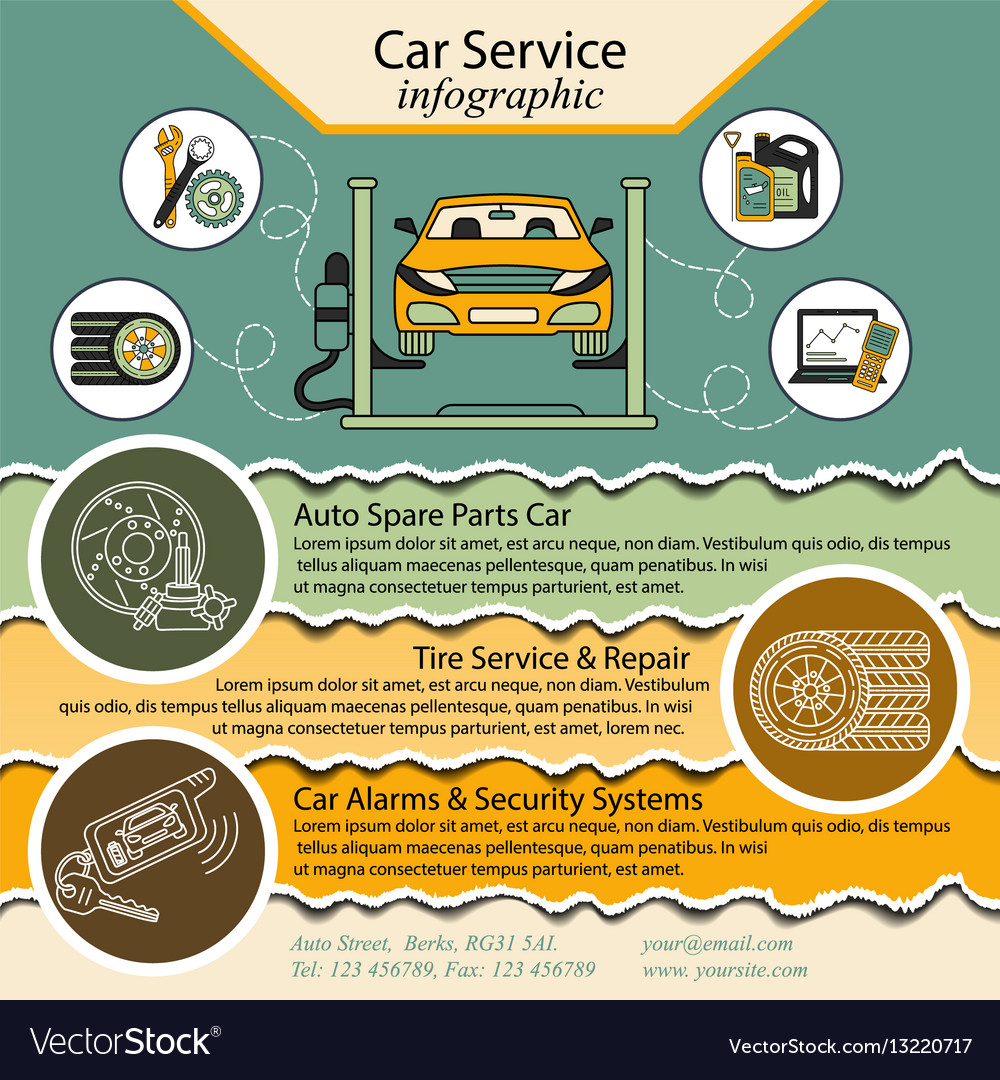When you're behind the wheel, those glowing warning lights on your control panel can be a little bit complicated. Do you know what they're attempting to tell you regarding your auto's wellness? Understanding the importance of these lights is important for your safety and security and the durability of your vehicle. So, car detailing following time among those lights turns up, would not you want to decode its message properly and take the needed actions to address it?
Common Caution Lights and Interpretations
Recognize typical warning lights in your automobile and understand their significances to ensure safe driving.
The most regular warning lights include the check engine light, which signals problems with the engine or emissions system. If this light comes on, it's critical to have your car checked promptly.
The oil pressure alerting light shows low oil pressure, needing prompt attention to prevent engine damages.
A blinking battery light could suggest a damaged billing system, potentially leaving you stranded otherwise dealt with.
The tire pressure tracking system (TPMS) light informs you to low tire pressure, impacting lorry security and gas efficiency. Disregarding this could cause dangerous driving conditions.
The abdominal light shows a trouble with the anti-lock stopping system, endangering your capacity to quit rapidly in emergencies.
Lastly, the coolant temperature level warning light warns of engine overheating, which can lead to extreme damages if not solved swiftly.
Understanding these typical caution lights will certainly aid you attend to problems promptly and keep risk-free driving problems.
Value of Prompt Focus
Understanding the typical caution lights in your automobile is only the primary step; the importance of without delay attending to these cautions can not be emphasized enough to ensure your security when traveling.
When a caution light brightens on your control panel, it's your cars and truck's way of communicating a prospective concern that requires interest. Neglecting these cautions can cause a lot more serious troubles in the future, jeopardizing your security and potentially costing you more out of commission.
Trigger attention to cautioning lights can avoid breakdowns and crashes. As an example, a flashing check engine light can suggest a misfire that, if left unattended, might cause damage to the catalytic converter. Addressing this promptly can save you from a pricey repair.
Likewise, a brake system cautioning light could indicate low brake fluid or worn brake pads, crucial parts for your security when driving.
DIY Troubleshooting Tips
If you observe a warning light on your control panel, there are a few DIY fixing tips you can try prior to seeking specialist assistance.
The primary step is to consult your vehicle's manual to recognize what the details caution light suggests. Sometimes the concern can be as easy as a loose gas cap triggering the check engine light. Tightening the gas cap may settle the issue.
Another usual concern is a reduced battery, which can cause various cautioning lights. Examining the battery links for rust and guaranteeing they're secure might fix the issue.
If a caution light continues, you can attempt resetting it by separating the cars and truck's battery for a couple of mins and after that reconnecting it. Furthermore, checking your automobile's fluid degrees, such as oil, coolant, and brake fluid, can help repair alerting lights connected to these systems.
Final thought
In conclusion, understanding your automobile's warning lights is essential for maintaining your lorry running efficiently and safely. By immediately addressing these signals and knowing what they mean, you can stay clear of pricey repairs and possible malfunctions.
Bear in mind to consult your cars and truck's handbook for certain information on each advising light and take action as necessary to make certain a hassle-free driving experience.
Keep notified, stay risk-free when driving!
